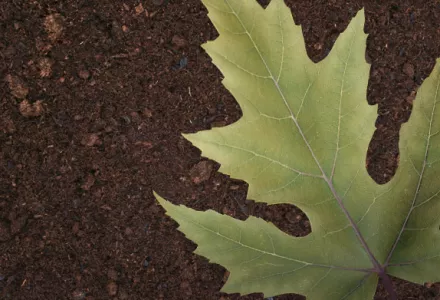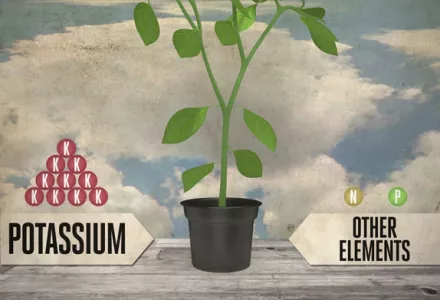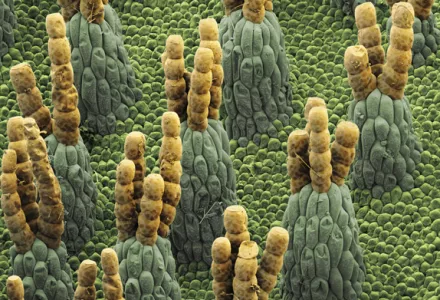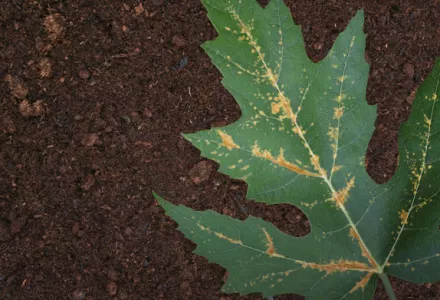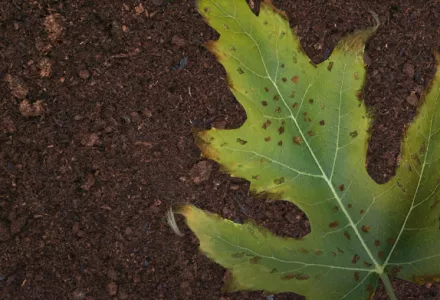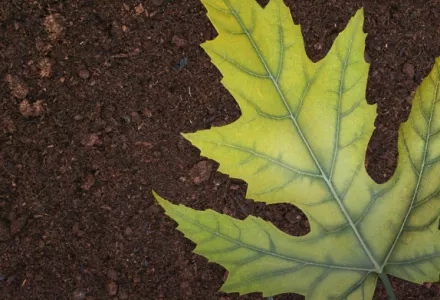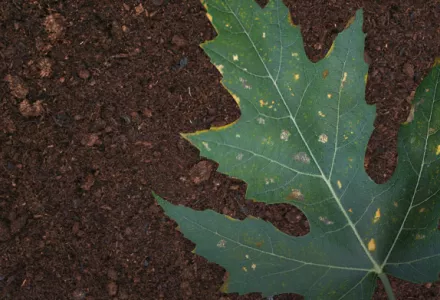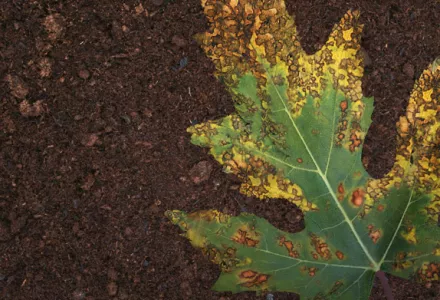About phosphorus in short: phosphorus plays an important role for all living organisms and is an essential nutrient element for plants and animals. It has a key position in the combustion processes of the cell, and in the total energy transfer of the plant. It is also a “building block” of the cell walls, the DNA, and all sorts of proteins and enzymes. For young plants, the presence of phosphate is indispensable; about 3/4 of the phosphorus consumed during a plant’s life cycle is absorbed in the first quarter of its life. The largest concentrations of phosphorus are found in the developing parts of the plant: the roots, the growth shoots and the vascular tissue.
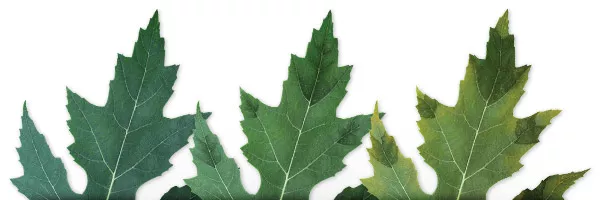
Phosphate combinations in a form that can be utilized by plants are rarely found in natural form. In the past men used pulverized bones as fertilizer and later treated these with sulphuric acid, making them easier to absorb. In the second half of the 19th Century, guano, a natural phosphate, is known to have been applied on a large scale in agriculture. These days, basic materials are extracted from natural phosphates. These are phosphate-rich ores mined in countries such as Morocco, Algeria, and North and South America. To make these suitable for agriculture and gardening, they are first acidified and purified. In alternative agriculture, the natural phosphates are finely ground, or heated, and are sold as enlarged granules.
Deficiency
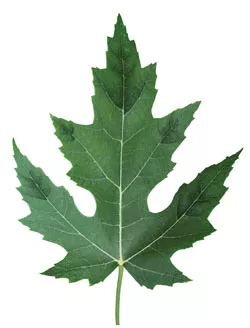
Certain phosphorus deficiency symptoms described in specialized literature should not be confused with a nitrogen shortage. Namely, a phosphorus deficiency does not manifest itself as an obvious purple coloring of stems and leaf stems, but rather as a small plant with purple/black necrotic leaf parts, which later on become malformed and shriveled.
Reasons for a deficiency
Due to the low concentrations in which phosphate appears in nature, the affinity of plant cells for phosphorous allows easy absorption through the whole root. Therefore, shortages do not happen very often, except when:
- The growing medium has too high a pH (higher than pH 7). In such cases the plant cannot absorb phosphorus due to the fact that insoluble phosphorous compounds develop.
- The ground is too acidic, or too rich in iron and zinc.
- The soil has become fixated.
Development of a deficiency
- At first, the plant becomes dark green - a different sort of dark green (blue/green) as appears when there is a shortage of potassium
- The growth in height, and the development of the plant’s side shoots are inhibited.
- After 2 to 3 weeks, dark purple/black necrotic spots appear on the old and medium-old leaves, making the leaves malformed.
- The purple/black necroses expand to the leaf’s stem. The leaf turns, curls considerably and dies off.
- The dead leaves are curled and shriveled, have a typical ochre-purple colour, and fall off.
- The plant flowers fully, but the yield will be minimal.
Solutions to a deficiency
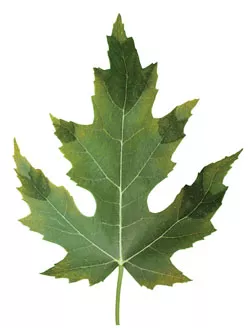
Inorganic phosphates, in ion form, are very easy to absorb. As far as is known, plants do not take up phosphates in organic form. Still, through the decomposition of organic compounds, inorganic phosphates can be released. Due to their residual working, generally, the older the ground is, the richer it is in phosphates. When a deficiency is established, simply using phosphate containing fertilizer will not have much effect; the phosphate barely penetrates the soil, and the growth problems of the young plant will not be rectified. That’s why you should mix the phosphate fertilizer thoroughly through the soil.
- Prevention is better than a cure. Use good soil and good fertilizer, and get professional advice from specialized shops.
- Go to your shop for expert advice. They have the right products available. A correctly formulated fertilizer contains sufficient phosphorus;
- When the pH is too high, the medium should be made more acidic with the help of a thinned solution of phosphoric acid. Safe pH values are: 5.2 - 6.2 for hydro culture, 6 - 7 for clay soils, 5.5 - 6.5 for potting soils and sandy soils.
Alternative phosphate-containing fertilizers are, among others: guano, blood meal, bone meal, natural phosphates, basic slag and slurry manure. The disadvantage is that they contain phosphates in very different concentrations, and they are not very easy to absorb. Therefore, they should usually be ground as finely as possible, and acidified so they will be more soluble. It’s best to choose products that have a guaranteed phosphate percentage on the packaging.

